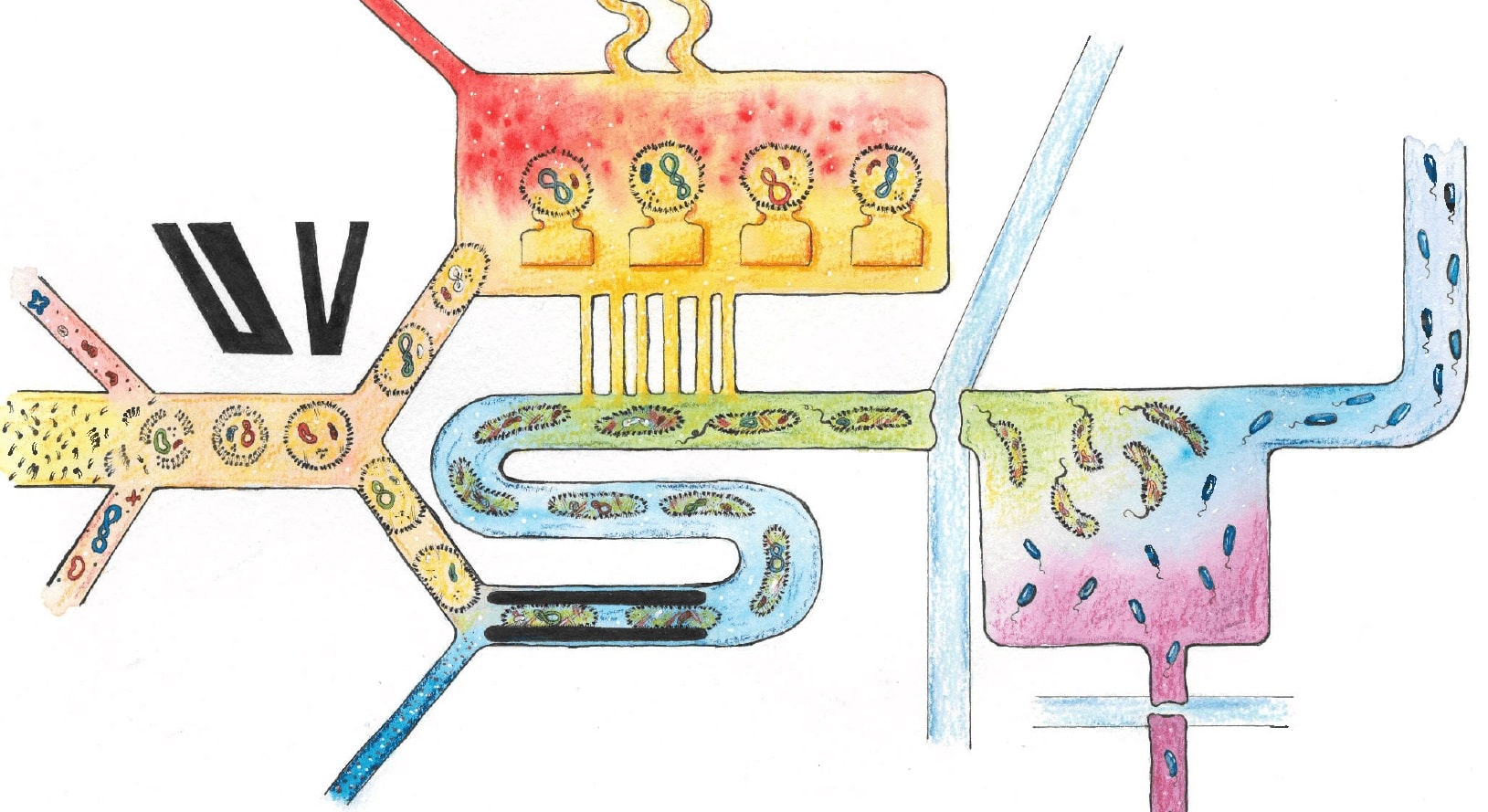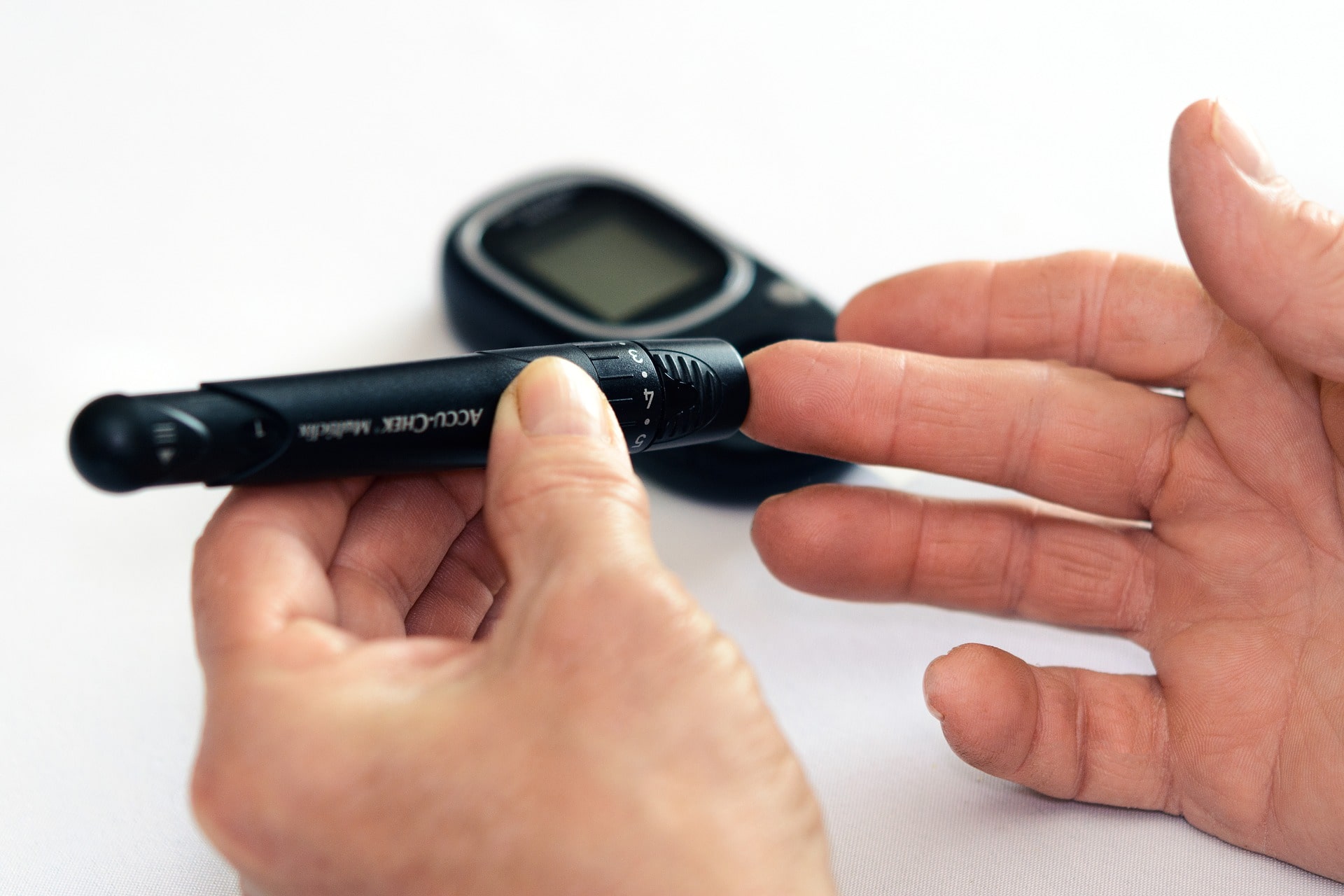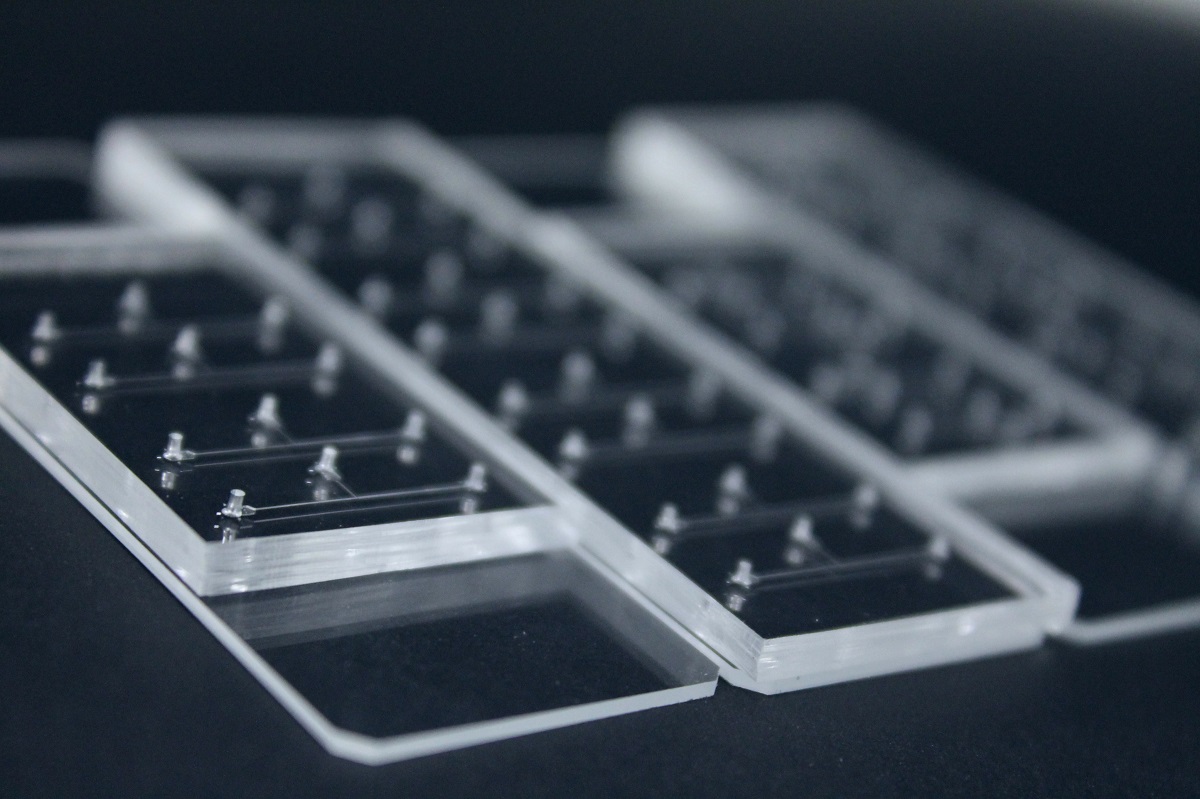
Taking live cells apart and reassembling individual components that are responsible for specific cellular processes helps scientists to not only understand the fundamentals of how cells can survive in given…

Taking live cells apart and reassembling individual components that are responsible for specific cellular processes helps scientists to not only understand the fundamentals of how cells can survive in given…

Microfluidics for cell culture applications has seen tremendous growth in the last 20 years. In the quest for greater physiological relevance, microfluidic 2D cell cultures gave way to 3D cell…

The undesired appearance of bubbles is a common occurrence when working with microfluidics. Anyone who works in the field has almost certainly suffered from bubbles appearing at the least convenient…

Although scaling up for mass production remains an ongoing challenge in the world of microfluidics, other developments are driving positive predictions. For example, the microfluidic immunoassay market recently welcomed a…

Renown stem-cell pioneer Dr. Hans Clevers will be a presenter at Cell Symposia in August 2019 in San Diego, USA. In a symposia preview, when queried by an interviewer about…

Soft robotics is a growing field, especially for soft robots mimicking simple living organisms and the so-called Bio-bots1. These Bio-bots combine soft-materials (skeleton) with muscle cells, (muscle or motor) and…

When commercializing a microfluidic technology, you start with a contraption put together from wires, tubing, pumps, power supplies, and microscopes, and you turn it into an instrument other labs can…

Centrifugal microfluidic platforms, also called compact microfluidic biodisks or compact disks (CD), have been around for almost four decades and have seen a surge in technology advancement in the last…

Personalized cancer therapy is a treatment strategy based on the ability to predict which patients are more likely to respond to specific cancer therapies1. Different factors such as tumor biophysical…

Cells form the basic unit of life and can broadly vary in biological structure and function. Nucleic acids encode the information of life by programming cellular functions at the level…